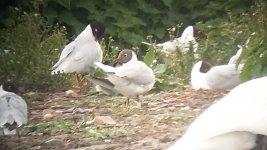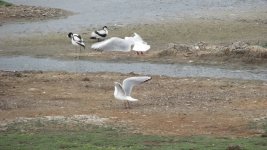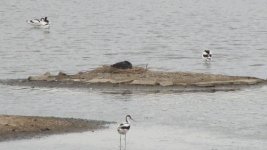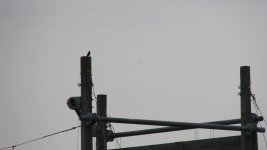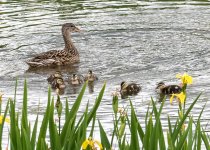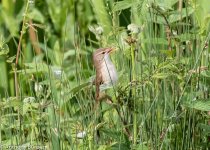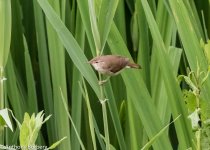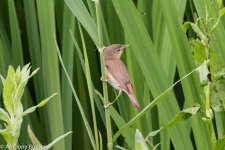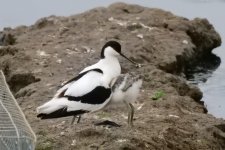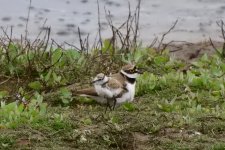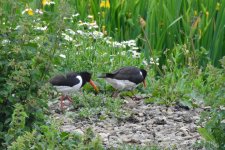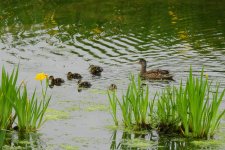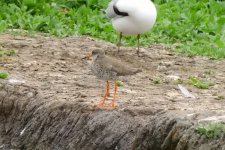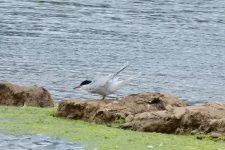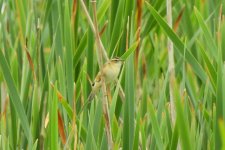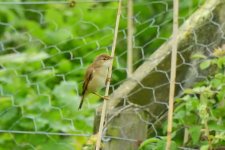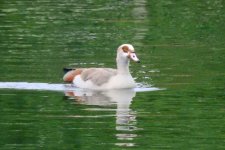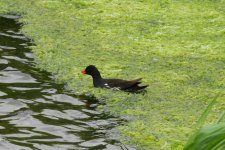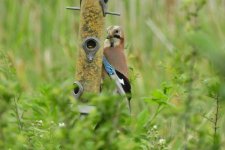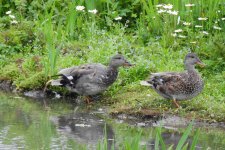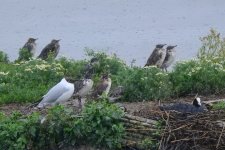upstarts1979
Well-known member
Med Gulls
On Tuesday 23rd May I spent 4 hours intensely monitoring the Med Gull nest at the Moors. I struggled to get a clear view of the bird through a heat haze and partially obscured by thick vegetation cover. Finally I managed to get as clear a view as was possible along the west path by placing my scope on the roof of my car. From here I could clearly see the nesting bird it was sitting high which was intriguing. The pair had been incubating for at least 4 weeks and as the birds are both 2nd summers I was thinking that perhaps they had laid infertile eggs as 25 days is the incubation period. However the sitting bird was fidgeting too often for it to be only on eggs, so I perservered. Eventually the sitting bird was joined by its mate and a brief changeover revealed what I was hoping for - a glimpse of a little ball of fluff . Wow!! Ironically I found the first Med Gull in October 1987, the day after the famous Michael Fish weather forecast. :t: John
On Tuesday 23rd May I spent 4 hours intensely monitoring the Med Gull nest at the Moors. I struggled to get a clear view of the bird through a heat haze and partially obscured by thick vegetation cover. Finally I managed to get as clear a view as was possible along the west path by placing my scope on the roof of my car. From here I could clearly see the nesting bird it was sitting high which was intriguing. The pair had been incubating for at least 4 weeks and as the birds are both 2nd summers I was thinking that perhaps they had laid infertile eggs as 25 days is the incubation period. However the sitting bird was fidgeting too often for it to be only on eggs, so I perservered. Eventually the sitting bird was joined by its mate and a brief changeover revealed what I was hoping for - a glimpse of a little ball of fluff . Wow!! Ironically I found the first Med Gull in October 1987, the day after the famous Michael Fish weather forecast. :t: John
Attachments
Last edited:




